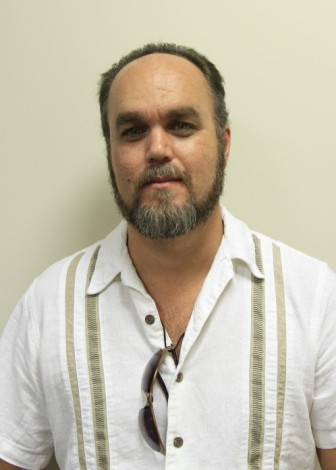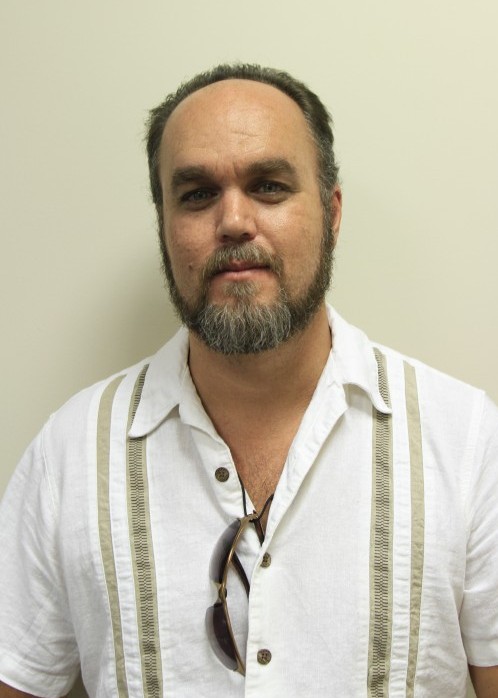 Sitting in a circle has an equalizing effect, allowing everyone to see each other clearly, inviting connection. It has a different feeling than sitting in rows to hear a presentation, or sitting in a courtroom facing a judge. There isn’t anywhere to hide in a circle. It is my experience that circles invite us to share vulnerability and honesty.
Sitting in a circle has an equalizing effect, allowing everyone to see each other clearly, inviting connection. It has a different feeling than sitting in rows to hear a presentation, or sitting in a courtroom facing a judge. There isn’t anywhere to hide in a circle. It is my experience that circles invite us to share vulnerability and honesty.
I was reminded of this when I watched an hour-long documentary, Fixing Juvie Justice, on PBS.
It focuses on the work of the Community Conferencing Center (CCC) in Baltimore, as well as the center’s links to New Zealand and a conflict resolution process that originated with Maori. The process, known in New Zealand as Family Group Conferencing, has proven so effective over more than two decades that it has become the primary means of addressing juvenile justice issues and has been adopted in several other nations.
Here in the United States one of the primary developers has been Dr. Lauren Abramson, a psychologist and former student of Silvan Tomkins, a foundational researcher and theorist in the study of human affect. Conferences, because they make a safe space for the expression of affect, can help participants process negative emotions and transition to positive ones. Creating the space for this shift to happen creates possibilities that seldom occur in courtrooms, where, as Abramson points out, both victims and offenders sit and listen to attorneys argue about (and often distort) the facts of a case with the goal of winning.
In a community conference, the goal is not to win, but to share experiences and emotions and help people move together towards repair of harm and planning for the future. Conferences involve not only the usual players, but extended family and other supporters as well. All of them are impacted by harm, and all have something to say. Best, all have something to contribute to the solution, bringing the resources of the community to the problem in a way that is simply not possible in a traditional legal or social services setting.
If you want to have a better sense of the dynamics of restorative justice, and to see it in action, watch this documentary. Besides Abramson and her co workers, it also gives the viewpoints of Baltimore police officials and street cops, commentary by Bart Lubow, director of Juvenile Justice Strategy for the Annie E. Casey Foundation, photography by Richard Ross (his work has been featured frequently on the JJIE), and restorative justice workers in New Zealand. If you’d like to hear a longer interview with Dr. Abramson check out this episode of Access Utah.
The investment of your time will be worth it. This is a clear look at a modern process with prehistoric roots. It’s also one that is increasingly being proven, in rigorous study, to be more effective than traditional punitive models. Kids who go through C.C. in Baltimore reach agreements 90 percent of the time or better, and have a reoffense rate significantly lower than kids who go through the traditional system.
Change doesn’t come easily, and attachment to retributive models and reliance on government remains strong. Still, change is coming. As Abramson says, “...the hard part... is to acknowledge that we have a lot of capability to resolve issues ourselves.”
The realization of that power is growing though, and the ways of the past will become the ways of the future. It’s already happening.
